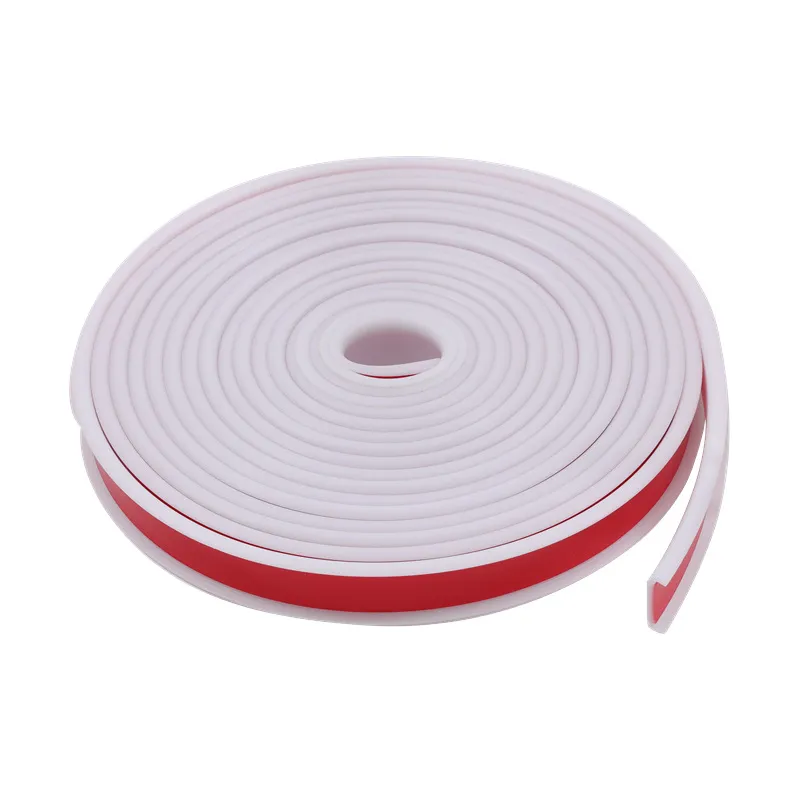oven insulation strip
Understanding Oven Insulation Strips Importance, Types, and Benefits
When it comes to kitchen appliances, few pieces of equipment are as vital as the oven. Whether you are a casual home cook or a culinary enthusiast, an oven is crucial for preparing meals. However, to ensure that your oven functions efficiently, one key component often overlooked is the oven insulation strip. This article explores the importance, types, and benefits of oven insulation strips, emphasizing their role in enhancing oven performance and energy efficiency.
Importance of Oven Insulation Strips
Oven insulation strips are designed to seal the gaps around the oven door, preventing heat from escaping during the cooking process. These strips are typically made from materials that can withstand high temperatures and resist wear over time. The primary purpose of an oven insulation strip is to maintain a consistent internal temperature, which is essential for proper cooking. When the oven is well-sealed, it cooks food more evenly and quickly, improving the overall quality of your meals.
Furthermore, preventing heat loss also contributes to energy efficiency. An oven that retains heat effectively requires less energy to maintain the desired temperature, reducing your electricity bill and your environmental footprint. Therefore, investing in quality insulation strips is not only beneficial for cooking results but also for cost savings in the long run.
Types of Oven Insulation Strips
1. Fiberglass Insulation Strips One of the most common types of insulation strips, fiberglass, is known for its heat resistance and durability. These strips are designed to withstand high temperatures without degrading, making them suitable for various oven models.
2. Silicone Insulation Strips Silicone is another popular material used for oven insulation strips. Known for its flexibility and resilience, silicone can provide excellent seals and is easy to install. Additionally, silicone strips can endure extreme temperatures, making them ideal for modern, high-performance ovens.
3. Rubber Insulation Strips Rubber strips offer a good balance of durability and flexibility. While they may not withstand as high temperatures as fiberglass or silicone, they are still effective in preventing heat loss and can provide good sealing performance.
oven insulation strip

4. Self-Adhesive Strips Many insulation strips available on the market come with an adhesive backing, making installation a straightforward task. These self-adhesive strips are often made from silicone or rubber and can easily be cut to size, allowing for a custom fit on any oven.
Benefits of Using Oven Insulation Strips
1. Enhanced Cooking Efficiency By ensuring that your oven retains heat more effectively, insulation strips help in cooking food more evenly and quickly. This means less time waiting for meals to be ready and more time enjoying delicious dishes.
2. Energy Savings As mentioned earlier, well-insulated ovens require less energy to reach and maintain the desired cooking temperature. This translates into lower utility bills and a smaller carbon footprint, making them a wise investment for environmentally conscious consumers.
3. Prolonged Oven Lifespan Good insulation reduces wear and tear on the oven’s heating elements as they won't have to work as hard to keep the temperature stable. This can lead to a longer lifespan for your oven, saving you money in replacement costs.
4. Improved Safety Gaps around the oven door can lead to heat escaping, which may cause nearby surfaces to become dangerously hot. By fitting proper insulation strips, you reduce the risk of burns and accidents in the kitchen.
5. Cost-Effective Maintenance Replacing worn-out insulation strips is a simple and cost-effective way to maintain your oven's performance. Regular checks and timely replacements can keep your oven running at optimal efficiency.
Conclusion
In summary, oven insulation strips play a crucial role in maintaining the efficiency and safety of your kitchen appliance. With a variety of materials available, homeowners have options to select the right type suited to their oven specifications. Whether you choose fiberglass, silicone, or rubber, adding or replacing insulation strips can lead to enhanced cooking results, energy savings, and a longer lifespan for your oven. By investing in these often-overlooked components, you ensure that your cooking experience is both enjoyable and efficient, allowing you to focus on what truly matters creating and sharing delicious meals.
-
Under Door Draught Stopper: Essential ProtectionNewsJul.31,2025
-
Garage Door Seal and Weatherstrips for ProtectionNewsJul.31,2025
-
Edge Banding Tape for Perfect EdgesNewsJul.31,2025
-
Table Corner Guards and Wall Corner ProtectorsNewsJul.31,2025
-
Stair Nose Edging Trim and Tile Stair SolutionsNewsJul.31,2025
-
Truck Bed Rubber Mats for Pickup BedsNewsJul.31,2025
-
Window Weather Stripping for Noise ReductionNewsJul.29,2025